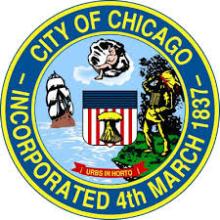Chicago Alderman Advocates Public Fiber For Municipal Savings
At a Chicago City Council meeting this month, a newly elected alderman proposed the city stop relying on incumbent ISPs and start using its existing fiber network for connectivity.
Pointing to nearby cities like Aurora, where municipal government eliminated leased lines to reduce costs by $485,000 per year, Alderman Brian Hopkins suggested the switch could save the city “tens of millions of dollars” annually. He also advocated the change in order to provide more efficient services.
“We already have a robust infrastructure in place to build from. Fiber optic resources currently controlled and managed by [the Office of Emergency Management and Communications] for traffic, first-responder, and emergency services is an example,” Hopkins said. "Given the debt Chicago faces, we should follow other cities by switching all municipal government broadband access from private incumbent providers to a taxpayer-owned fiber network. The money saved can be reinvested into the expansion of the municipal network to finally reach those communities that need fast affordable access. Why would we not do this?”
Hopkins’s comments come on the heels of a resolution we reported on earlier this year from four powerful Chicago City Council members calling for hearings on how to use city buildings, light poles and high-speed fiber-optic lines for a wireless network that could raise the city millions.
The city is trying to find ways to generate revenue amidst a major $30 billion employee pension crisis that led Moody’s to downgrade the city’s bond rating to junk status in May.



